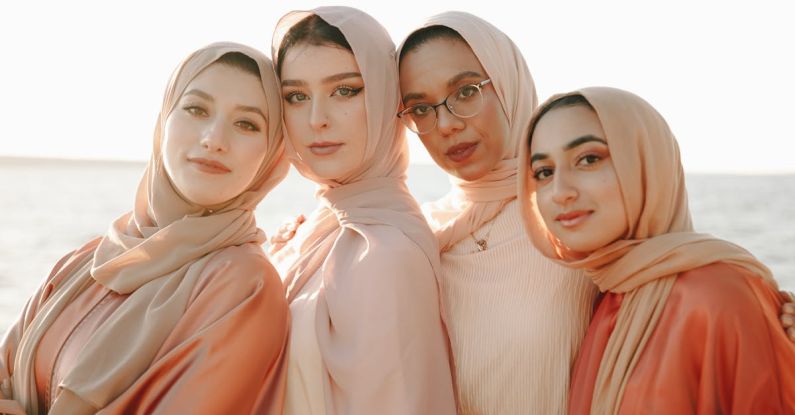Guide to Ethnic Wear around the World
Ethnic wear is a significant aspect of cultural identity, history, and tradition across the globe. From vibrant saris in India to elegant kimonos in Japan, each country boasts a unique and diverse range of traditional clothing that reflects its heritage. Exploring ethnic wear from different parts of the world not only allows us to appreciate the beauty of these garments but also provides insights into the rich cultural tapestry of humanity.
**India: Sarees and Kurtas**
India is renowned for its colorful and intricate traditional clothing, with the sari being one of the most iconic garments. A sari is a long piece of fabric that is draped around the body in various styles, with each region having its own distinct draping technique. The sari comes in a plethora of fabrics, designs, and embellishments, making it a versatile attire suitable for both casual and formal occasions.
Another popular ethnic wear in India is the kurta, a loose-fitting tunic worn by both men and women. Kurtas are often paired with leggings or trousers for a comfortable yet stylish look. The intricate embroidery and vibrant colors of Indian ethnic wear reflect the country’s rich cultural heritage and craftsmanship.
**Japan: Kimonos and Yukatas**
In Japan, traditional clothing is represented by the elegant kimono and the lightweight yukata. Kimonos are formal garments characterized by long sleeves and elaborate patterns, often worn on special occasions such as weddings and tea ceremonies. Yukatas, on the other hand, are casual cotton kimonos typically worn in the summer or during festivals.
The art of wearing a kimono is intricate, involving specific techniques for folding and tying the garment. The patterns and colors of kimonos convey subtle messages about the wearer’s age, marital status, and social status. Japanese ethnic wear exemplifies the country’s emphasis on precision, aesthetics, and attention to detail.
**Scotland: Kilts and Tartans**
Scotland is famous for its traditional attire, particularly the kilt and tartan patterns. Kilts are knee-length skirts made of wool and are typically worn by men as part of Scottish Highland dress. The tartan patterns, which are specific to different clans and regions, hold deep historical significance and are a symbol of Scottish cultural identity.
The process of donning a kilt involves several steps, including pleating the fabric and securing it with a kilt pin. The sporran, a small pouch worn at the front of the kilt, serves both a practical and decorative purpose. Scottish ethnic wear reflects the country’s rugged landscapes, ancient traditions, and proud heritage.
**Mexico: Huipils and Rebozos**
In Mexico, traditional clothing includes the huipil, a loose-fitting tunic worn by indigenous women, and the rebozo, a versatile shawl that can be worn in various ways. Huipils are often intricately embroidered and feature vibrant colors that reflect the indigenous communities’ cultural heritage.
Rebozos, made from cotton or silk, are worn by women of all ages and serve as both a fashion accessory and a practical garment. The art of weaving and embroidery is central to Mexican ethnic wear, with each region showcasing unique designs and techniques. Mexican traditional clothing embodies the country’s vibrant culture, history, and indigenous roots.
**Closing Thoughts**
Exploring ethnic wear from around the world offers a glimpse into the diverse cultural traditions and craftsmanship that define different societies. From the intricate embroidery of Indian saris to the symbolic patterns of Scottish tartans, traditional clothing serves as a visual representation of a country’s history and identity. Embracing ethnic wear not only allows us to appreciate the beauty of these garments but also fosters a deeper understanding and respect for the cultural diversity that enriches our world.





